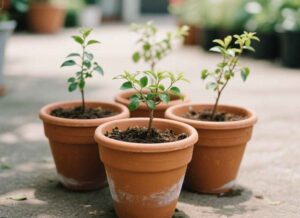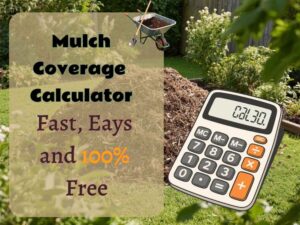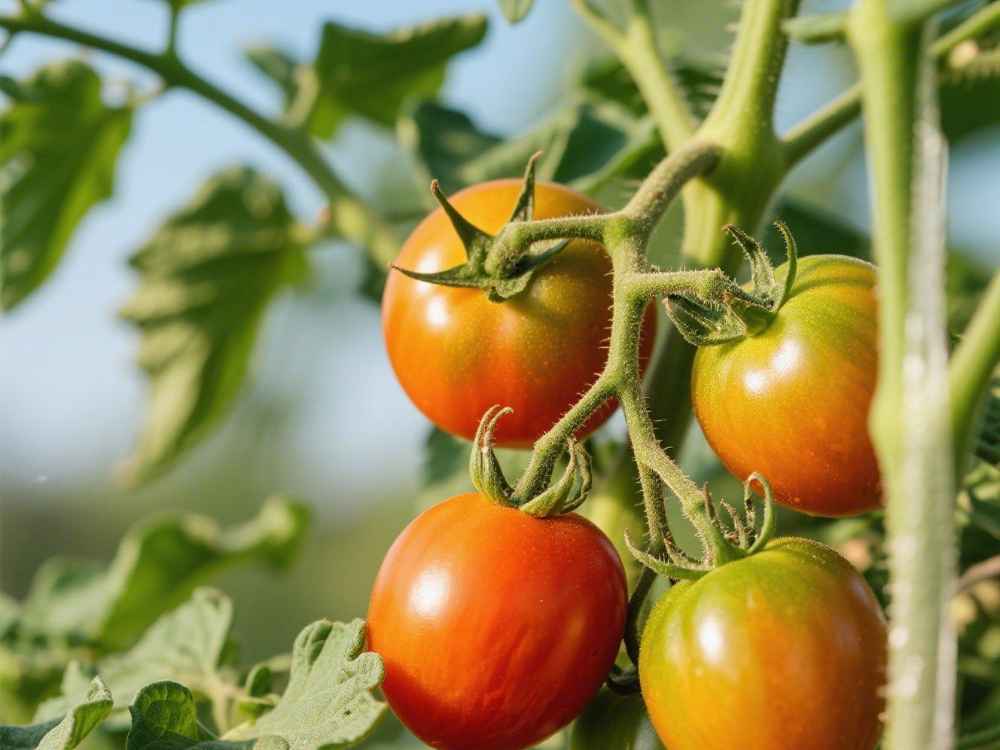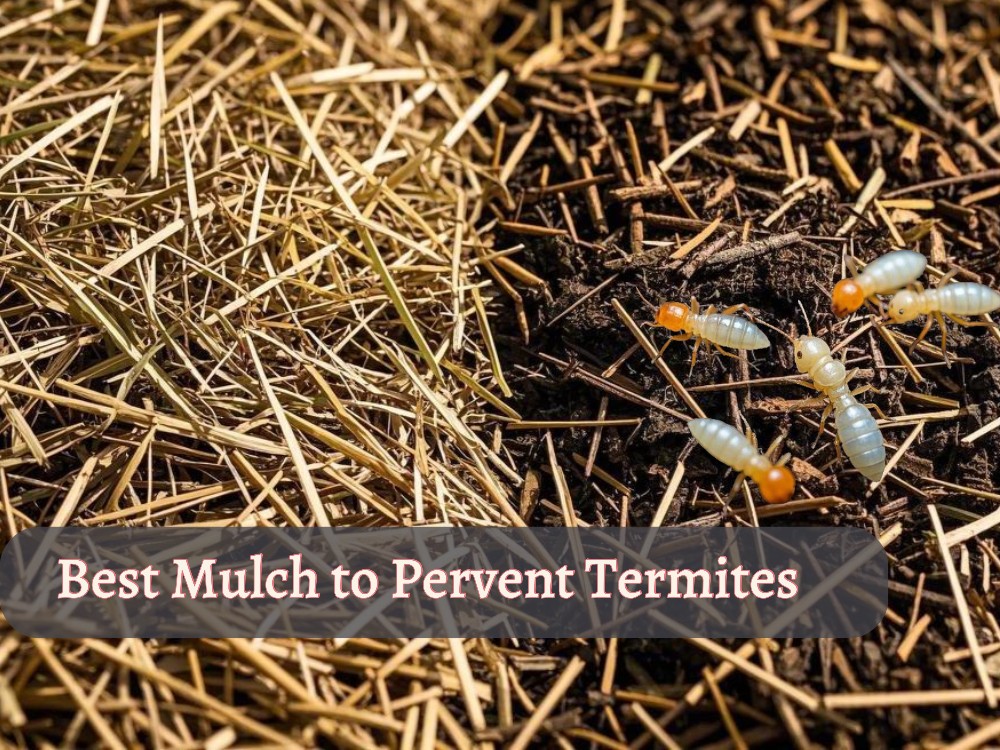In Phoenix (Arizona), the heat is extremely high, with average temperatures reaching 107°F (approximately 41.6°C) in July and August. In such intense sunlight and heat, it is essential to provide shade to protect vegetables, fruits, and plants. Shade cloth is a mesh-like fabric that blocks a portion of sunlight and heat. Using the right shade cloth can reduce the direct effects of harsh sunlight on plants, such as sunburn and excessive water loss.
Shade Cloth Percentage
Shade cloth determines how much sunlight it will block. For example, a 50% shade cloth blocks 50% of sunlight. In hot areas like Phoenix, shade cloth with a coverage of 30% to 50% is commonly used. According to experts, when temperatures consistently exceed 95°F, it is recommended to use 30–40% shade cloth. Gardening specialists suggest that using 30–50% shade cloth during peak afternoon sun protects plants from damage. For example:
- For most vegetables, a shade cloth of 30–40% is suitable.
- For tomatoes and other fruit-bearing plants, 50% shade cloth is generally better.
- Very delicate plants or desert succulents may even benefit from 60–70% shade cloth.
Color and Material Selection
Shade cloth comes in different colors and materials. White shade cloth is particularly useful in hot areas because it reflects sunlight and heat more effectively, keeping the area underneath cooler. White fabric diffuses light, providing better illumination for plant growth. In contrast, black shade cloth absorbs more light and heat, which is usually beneficial in cooler climates. Since Phoenix experiences extreme daytime heat, most gardeners prefer white or light-colored shade cloth.
Shade cloth is generally available in two types: knitted and woven. Knitted shade cloth is made from fine plastic strands and does not fray when cut, and it is typically made from polyethylene. Woven shade cloth, on the other hand, is made from heavier polypropylene and may fray at the edges when cut, but it can block more UV rays. Most gardeners use knitted polyethylene shade cloth because it lasts approximately 7–10 years and is highly durable.
- Do Fig Trees Lose Their Leaves in the Winter? Here’s the Truth

- How to Transplant Trees Safely: 5 Must-Follow Steps

- What is the Best Shade Cloth for a Garden in Phoenix?

- Can you Plant Trees in the Fall? Is it too Late?

- 10 Proven Hacks to Keep Rabbits Out of the Garden

- Calculate in 30 Seconds: How Many Bags of Mulch in a Yard

Local Gardeners and Expert Recommendations
In desert environments, experienced gardeners often prefer white or light-colored shade cloth. Many choose white 50% shade cloth because it reflects sunlight and reduces heat. 50% shade cloth is commonly used in the desert to protect plants from harsh sunlight. Some gardeners install 30% shade cloth in early summer, which improves the yield of peppers, eggplants, and tomatoes. Experts also recommend using shade cloth whenever extreme heat starts (above 95°F) to protect plants.
Precautions During Rain and Monsoon
Phoenix experiences monsoons (summer storms) along with high heat. Most shade cloths are mesh, allowing rainwater to pass through easily. During normal rainfall, it is not necessary to remove shade cloth. However, during strong winds or heavy rain, precautions should be taken. During monsoons, strong winds occur, so tie the shade cloth securely or partially raise it on stormy days. This prevents damage from wind or hail.
Conclusion: What is the Best Shade Cloth for a Garden in Phoenix
For gardens in extremely hot areas like Phoenix, 30%–50% shade cloth is generally appropriate. White or light-colored knitted polyethylene shade cloth is most effective. Select the percentage based on the type of plants and local climate conditions. Using the right shade cloth, along with additional mulch, protects plants from heat and harsh sunlight. Following expert recommendations and local experiences ensures that your garden thrives under Phoenix’s intense sun.






